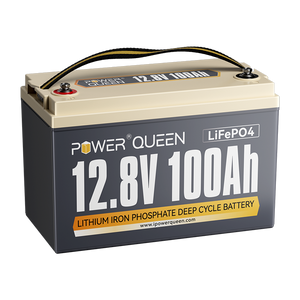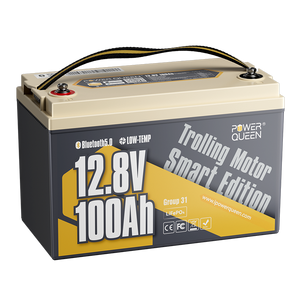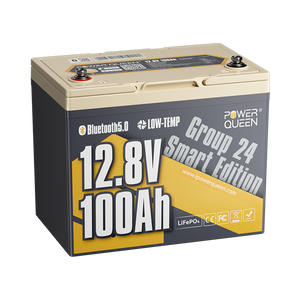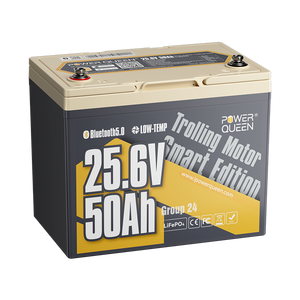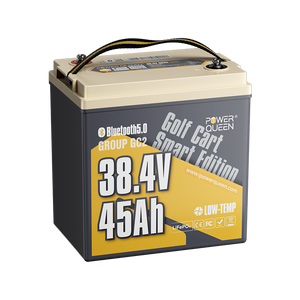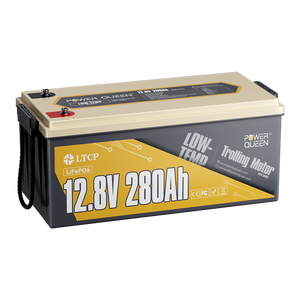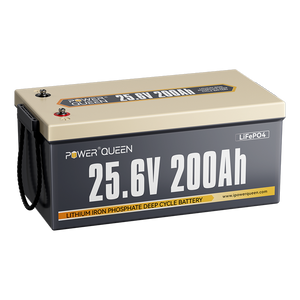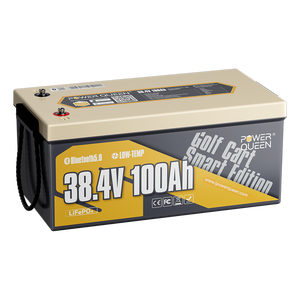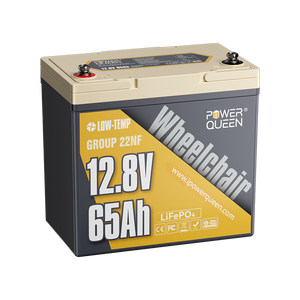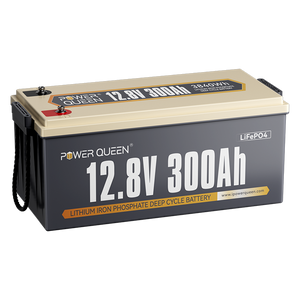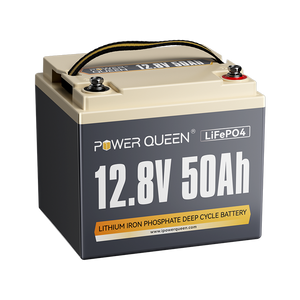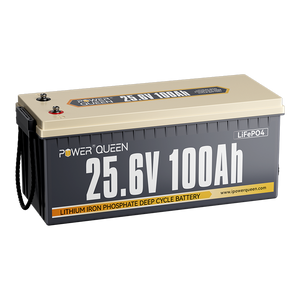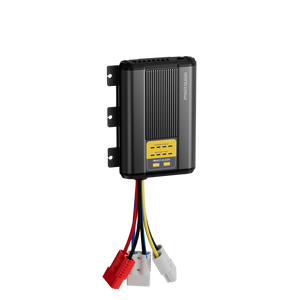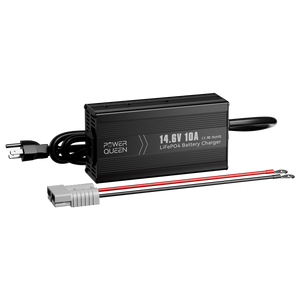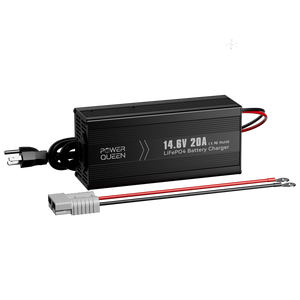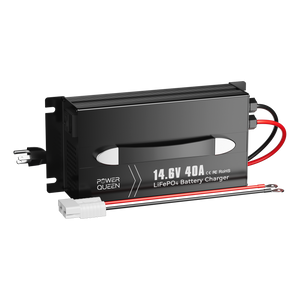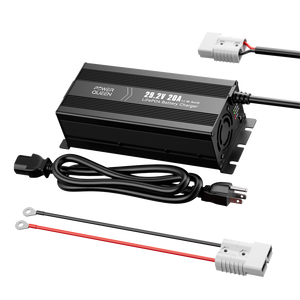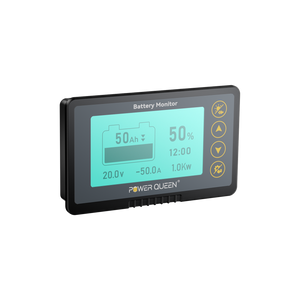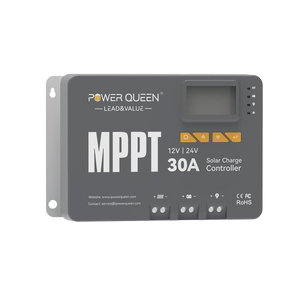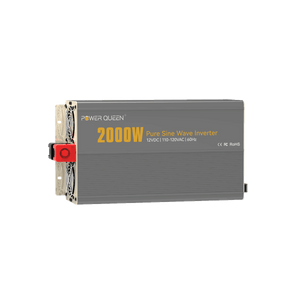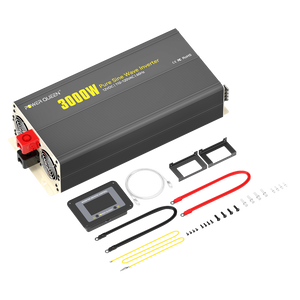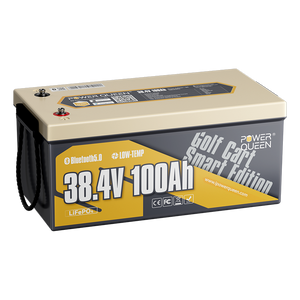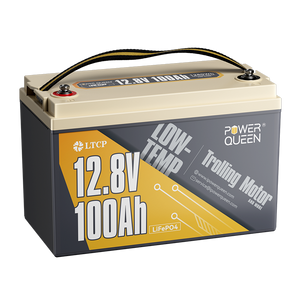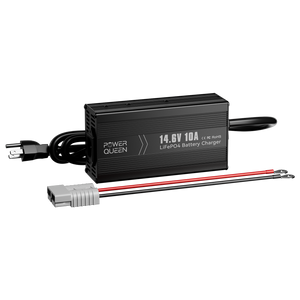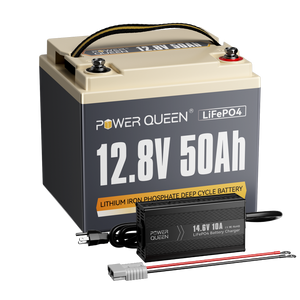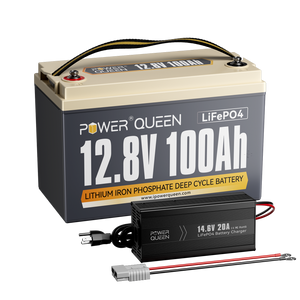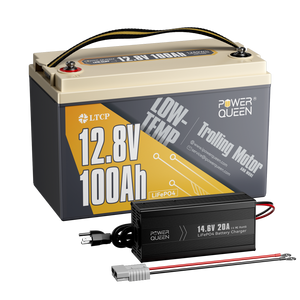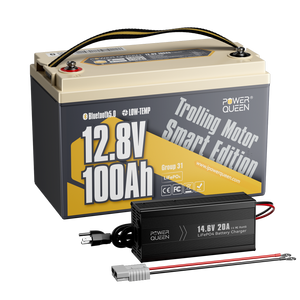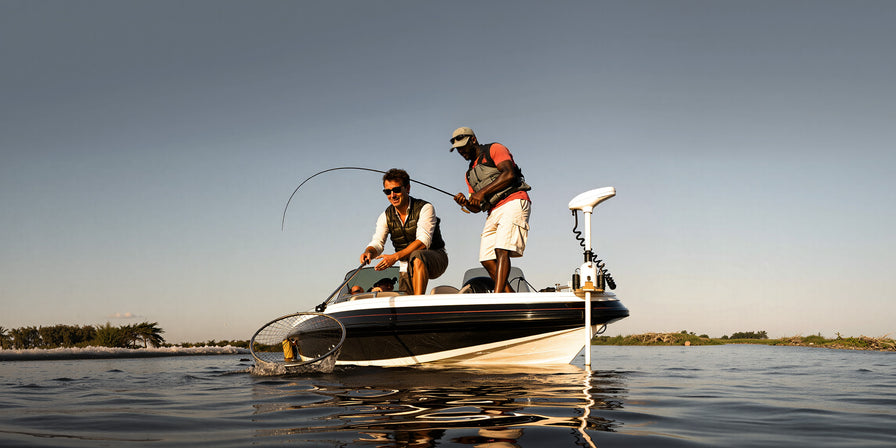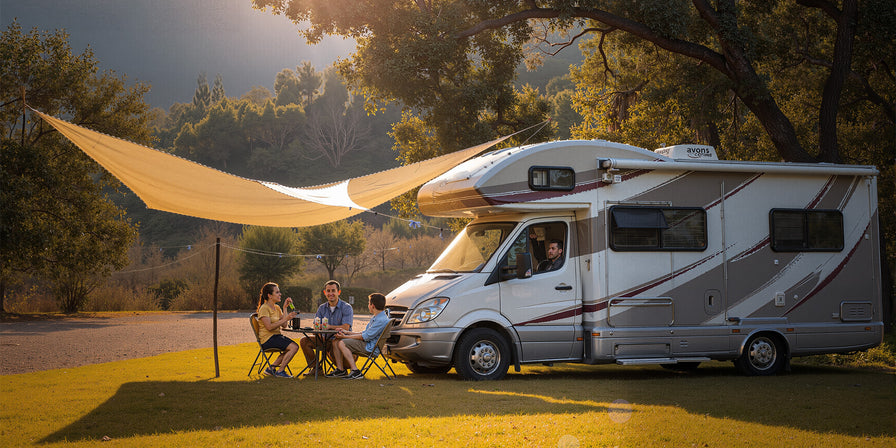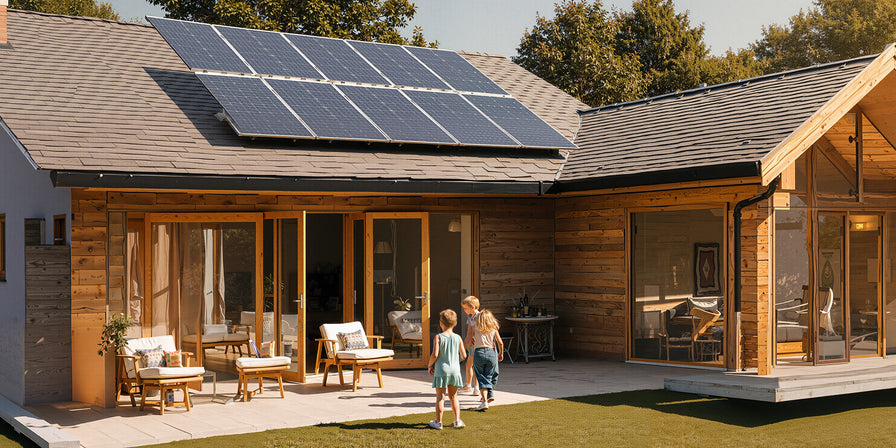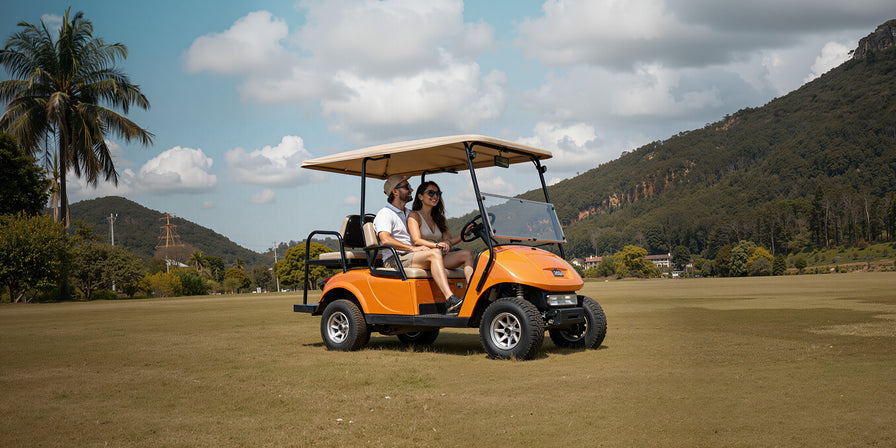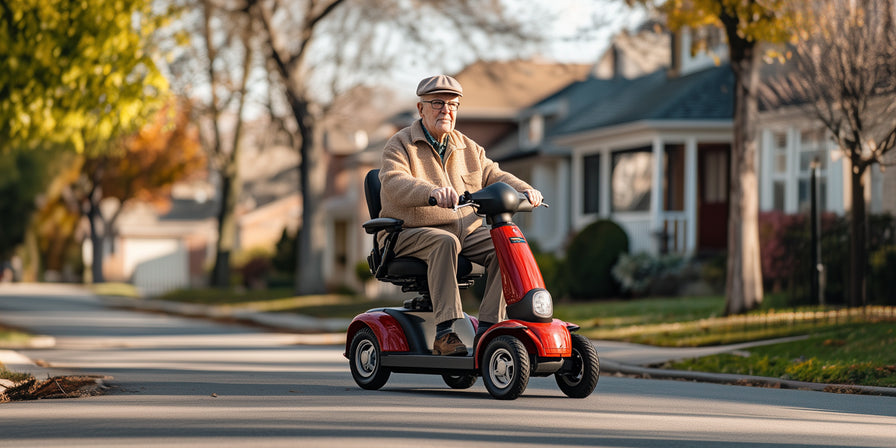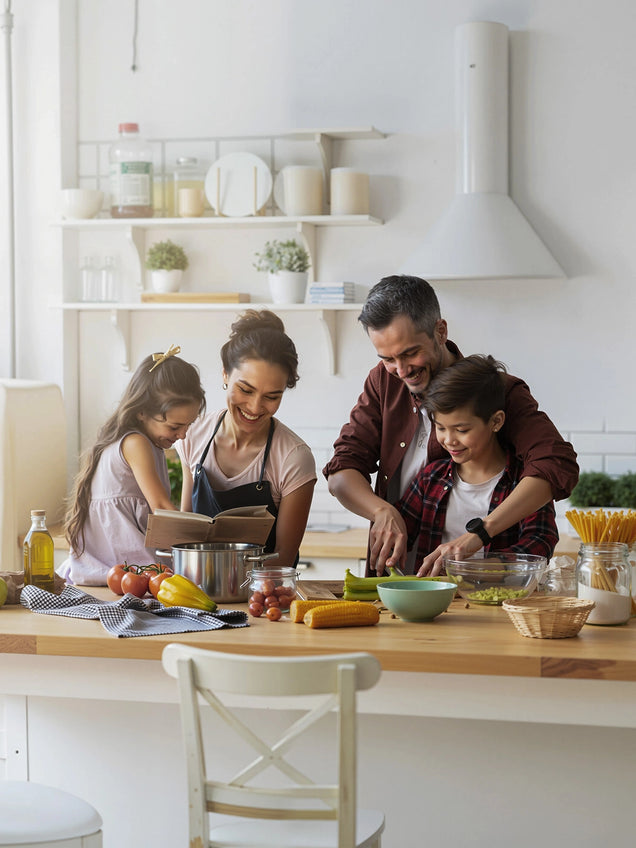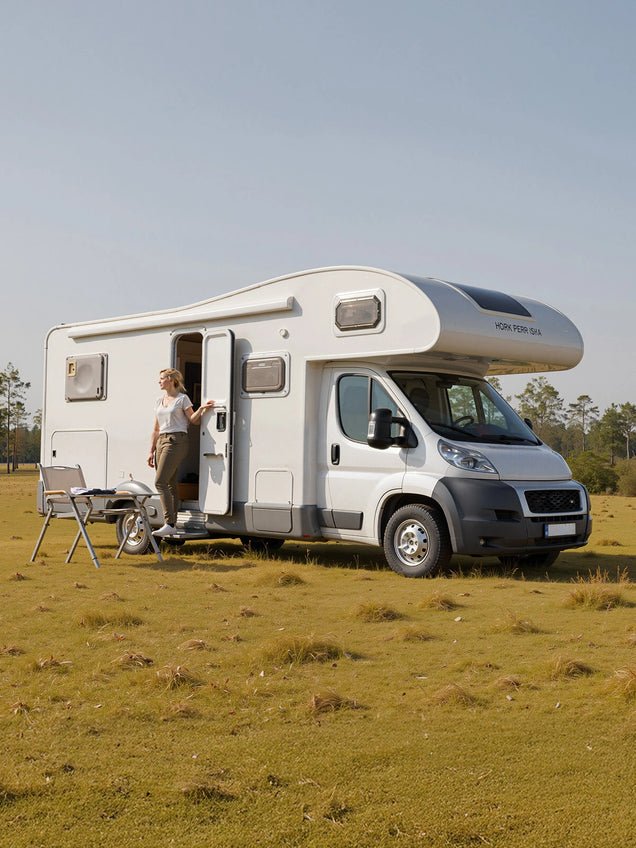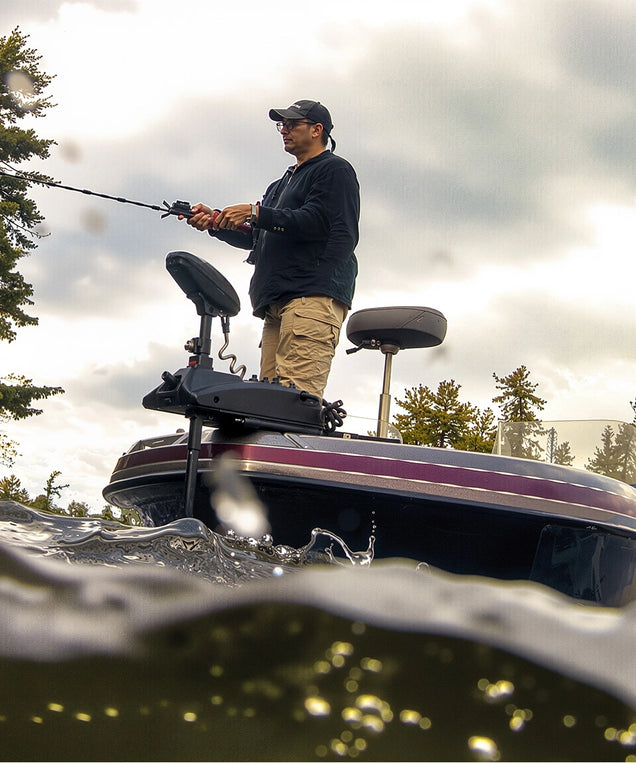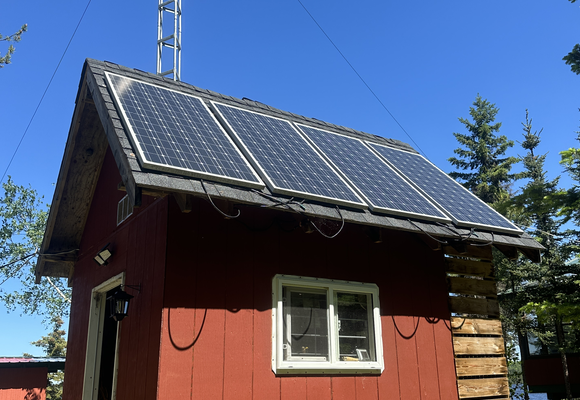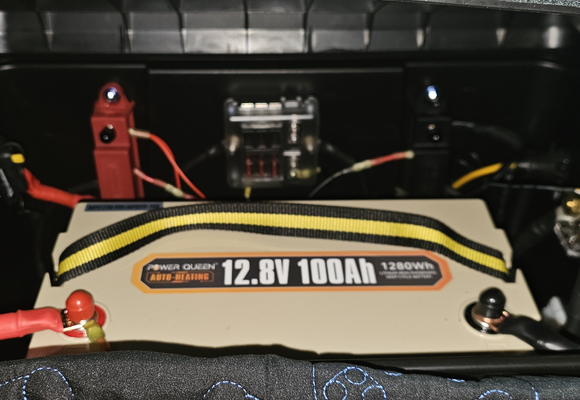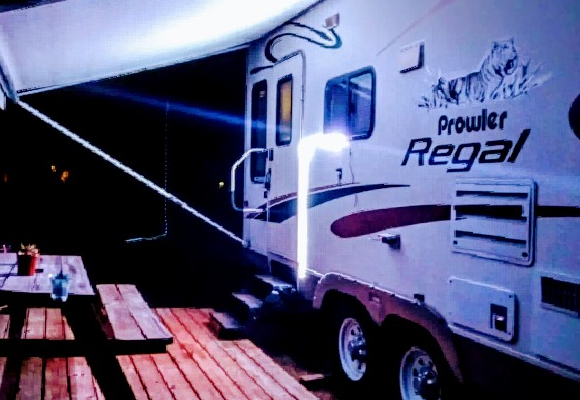Storing LiFePO4 Batteries: A Guide to Proper Storage
Proper storage is crucial for ensuring the longevity of LiFePO4 batteries and preventing potential hazards. Lithium iron phosphate batteries have become increasingly popular due to their high energy density, lightweight design, and eco-friendliness compared to conventional lead-acid batteries. However, to optimize their benefits, it is essential to understand how to store them correctly.
This article provides necessary details on the proper storage and handling of LiFePO4 batteries to extend their lifespan.

Table of Content
- Part 1. Why Proper Storage of Lithium-ion and LiFePO4 Batteries is Essential?
- Part 2. How to Store LiFePO4 Batteries?
- Part 3. Ideal Storage Temperature for LiFePO4 Batteries
- Part 4. Frequently Asked Questions about Storing LiFePO4 Batteries
- 4.1 Should LiFePO4 Batteries be Disconnected from the System when Not in Use?
- 4.2 Do I Need to Fully Charge a LiFePO4 Battery Before Storage?
- 4.3 How Long Can a LiFePO4 Battery Last in Storage?
- Part 5. Conclusion
Part 1. Why Proper Storage of Lithium-ion and LiFePO4 Batteries is Essential?
Even if disconnected from external devices, internal chemical reactions can occur in batteries over time. LiFePO4 batteries require fewer safety precautions than lithium-ion batteries because they employ stable iron compounds that do not generate hazardous gases or explode. However, they are a significant investment, and proper storage ensures that your investment doesn't go to waste.
Part 2. How to Store LiFePO4 Batteries?
The intended storage duration is a critical factor that affects the storage of LiFePO4 batteries. Here are some key techniques for storing these batteries:
2.1 Switch Off
Most manufacturers recommend switching off lithium batteries before storing them. For RVs and motorhomes, disconnecting the [+] and [-] wires connected to the battery pack terminals is necessary.
2.2 Avoid Heat Sources
Keep lithium batteries away from sources of heat, radiators, or other heat sources. These batteries contain chemicals that can overheat and explode when exposed to high temperatures for extended periods.
2.3 Dry Storage
Ensure that the battery is stored in a dry place and should not have any leakage or corrosive gases entering it.
2.4 Short-term Storage
When storing LiFePO4 batteries for short durations, charge them to at least 50% of their maximum capacity, and store them in a dry place. The ideal temperature range for short-term storage is 10℃ to 30℃/ 50℉ to 86℉.
Learn more about How to Charge LiFePO4 Battery
2.5 Long-term Storage
To maintain the health and longevity of LiFePO4 batteries during long-term storage, it is important to take certain precautions. One key factor to consider is the self-discharge rate, which increases over time. Additionally, storing the battery outside the recommended temperature range can further accelerate self-discharge.
To mitigate these issues, it is recommended to store LiFePO4 batteries in a warm location and ensure they are adequately charged before disconnecting them. The ideal temperature range for storage is between 10℃ and 35℃ (50°F and 95°F).
For batteries that will be stored for three or more months, it is advisable to perform a charging and discharging cycle every three months. This helps to keep the battery healthy and in optimal operating condition when it is eventually used.

Cold temperatures can actually benefit battery health by halting internal chemical reactions. Thus, storing the battery at or near freezing temperature can be advantageous for long-term storage. However, it is important to consider the self-degradation rate of the battery during this time. To maintain optimal condition, it is suggested to charge the battery to a level of 40% to 50% of its capacity before storage.
Part 3. Ideal Storage Temperature for LiFePO4 Batteries
The ideal storage temperature range for LiFePO4 batteries depends on the storage duration:
- Less than 30 days: -20℃ to 60℃/-4℉ to 140℉
- 30 to 90 days: -10℃ to 35℃/14℉ to 95℉
- More than 90 days: 15℃ to 35℃/59℉ to 95℉
3.1 Storing LiFePO4 Batteries in Hot or Cold Weather
Avoid storing LiFePO4 batteries in extremely hot temperatures or direct sunlight, which can cause internal overheating and lead to voltage drops or battery fires. Similarly, although cold temperatures slow down internal chemical reactions within the battery, extremely low temperatures can cause some battery components such as plastic casing to fracture.

Extreme temperatures can reduce battery lifespan. Pairing a high-quality LiFePO4 battery with proper storage is key.
💡 Learn More: How to Store Lithium Batteries Safely in Cold Weather
Christmas Battery Sale on Power Queen batteries make it easy to get a reliable replacement or spare for harsh conditions.

Part 4. Frequently Asked Questions about Storing LiFePO4 Batteries
4.1 Should LiFePO4 Batteries be Disconnected from the System when Not in Use?
Yes, we recommend disconnecting the LiFePO4 battery system from the device when not in use. Simply switching off the main switch is insufficient. It is advised to disconnect the battery terminal cable before storing the battery.
If the battery remains connected, even when idle, there will still be minor current leakage that can adversely affect the battery's health or the device connected to the battery. Some components, such as sensors, often bypass the main circuit breaker switch.
4.2 Do I Need to Fully Charge a LiFePO4 Battery Before Storage?
It is not necessary to charge a LiFePO4 battery fully before storage, as storing a battery at 100% charge for a long period can damage the battery's health. It is recommended to charge the battery up to 50% capacity before storage.
4.3 How Long Can a LiFePO4 Battery Last in Storage?
LiFePO4 batteries can be securely stored for up to a year with no significant degradation, provided they are kept in the appropriate conditions mentioned earlier, and their voltage is checked periodically. LiFePO4 batteries have a low self-discharge rate and can retain most of their charge capacity during storage. It's recommended to recharge them every three months if stored for more than three months.
Part 5. Conclusion
Compared to other lithium-ion or sealed lead-acid batteries, LiFePO4 batteries have a lower self-discharge rate and are more convenient to store. However, proper storage is crucial for maintaining their health and longevity. While the chemical composition of these batteries is elastic, physical components remain susceptible to environmental factors.
Following the guidelines above is sufficient to store most lithium-ion batteries, especially LiFePO4 batteries, properly. Finally, purchasing high-quality batteries like those offered in Power Queen's extensive catalog ensures that the storage process is more comfortable and comes with a 5-year warranty.
🎄 Christmas Savings at Power Queen🎄
From Dec 15–25, enjoy holiday pricing across all Power Queen batteries.
1 battery · 5% off | 2 batteries · 6% off | 4 batteries · 8% off

